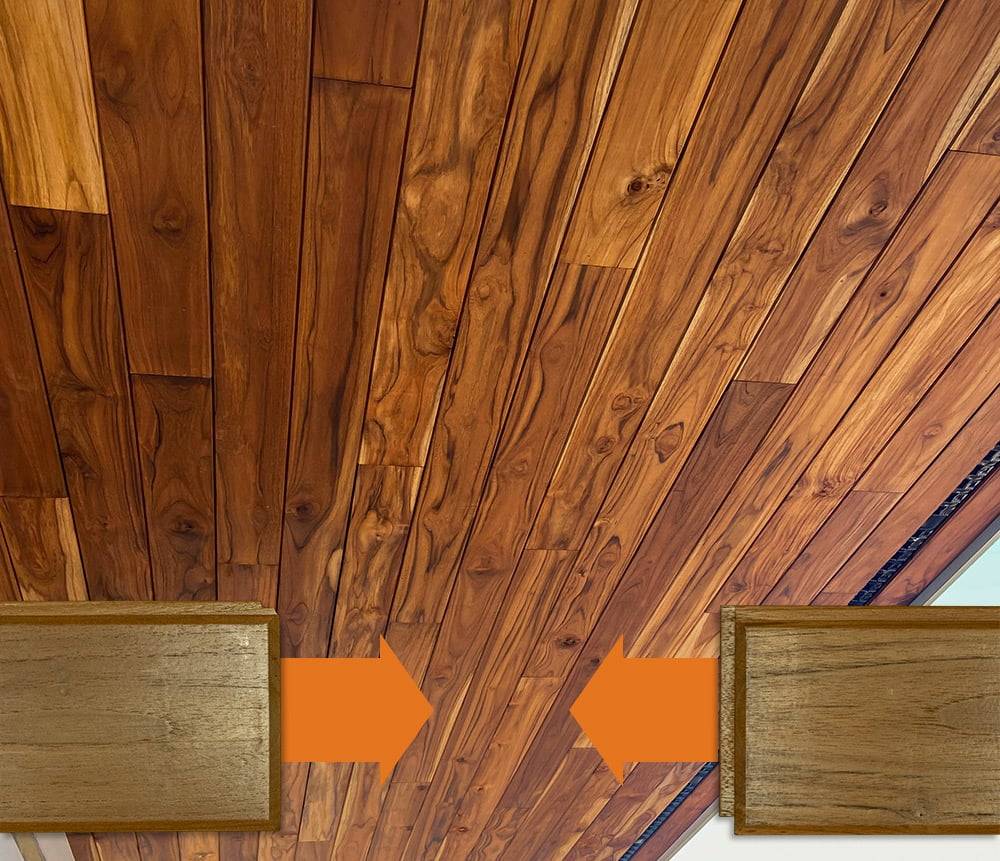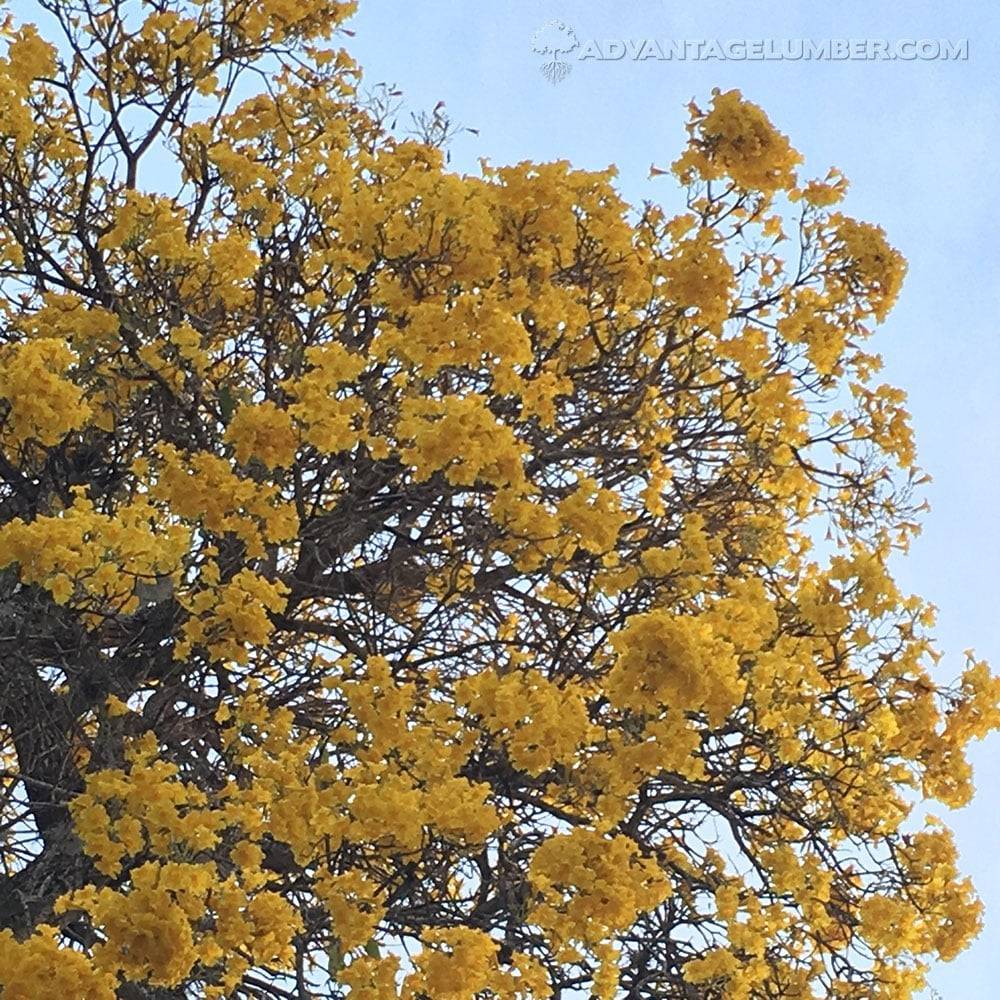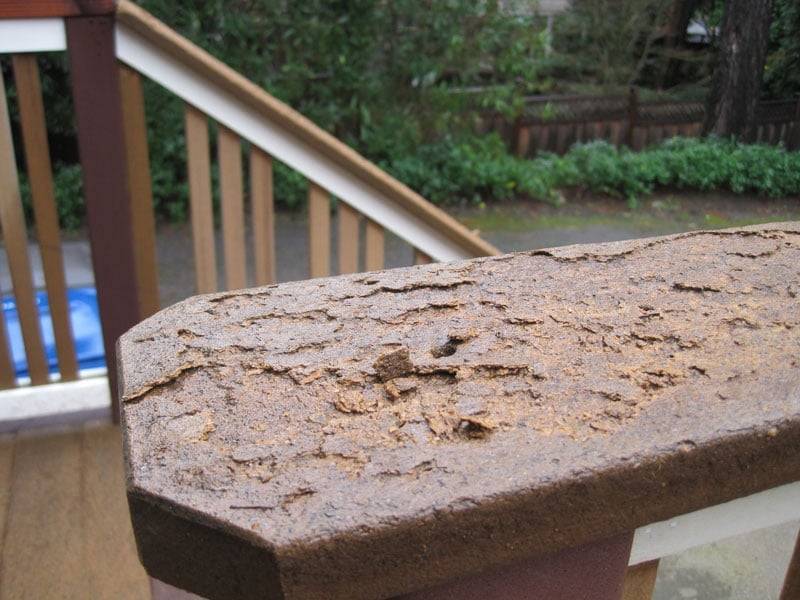For years the decking industry has gone back and forth as to what is a “green” decking option and what isn’t. In an industry where everyone boasts their product is the best, how are we supposed to make an educated decision when buying a new deck?
Some composite decking does use recycled materials, but does that mean the boards themselves can be recycled? The majority of the time the answer will be no. Our findings suggest that the composite deck boards that can’t be recycled are made from wood and plastic fibers which are combined using bonding agents that deter any machine from separating them.




